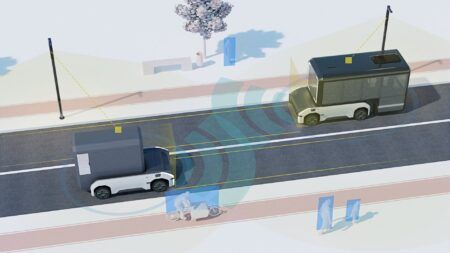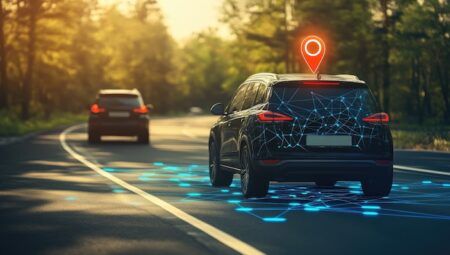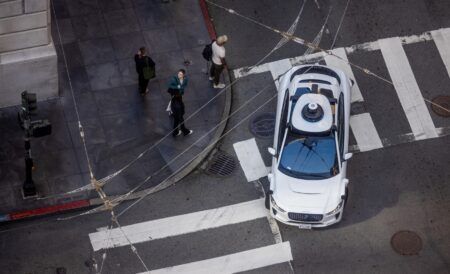As the pace of self-driving technology development increases, UK automotive technology supplier Delphi Automotive and Israel’s Mobileye have promised to conduct the most complex automated drive ever publicly demonstrated, on an urban and highway combined route in Las Vegas for CES (Consumer Electronics Show) 2017.
The 6.3-mile (10km) drive will showcase Delphi and Mobileye’s new Centralized Sensing Localization and Planning (CSLP) automated driving system, which will be ready for production by 2019. The co-developed CSLP is the first turnkey, fully integrated automated driving solution, with an industry-leading perception system and computing platform. The Las Vegas drive will tackle everyday driving challenges, such as highway merges, congested city streets with pedestrians and cyclists, and a tunnel. The two companies are both world leaders in their respective fields: Delphi, with automated driving software, sensors and systems integration; and Mobileye, with computer vision systems, mapping, localization, and machine learning focused on the automotive domain.
The new automated driving system uses key technologies from each company. These include Mobileye’s EyeQ 4/5 System on a Chip (SoC), with sensor signal processing, fusion, world view generation, and Road Experience Management (REM) system, which is used for real time mapping and vehicle localization. Delphi incorporates automated driving software algorithms from its recent Ottomatika acquisition, which include the Path and Motion Planning features, and Delphi’s Multi-Domain Controller (MDC), with the full camera, radar and lidar suite.
In addition, teams from both companies will continue to develop the next generation of sensor fusion technology, as well as the next generation human-like ‘driving policy’. This module combines Ottomatika’s driving behavior modeling with Mobileye’s deep reinforcement learning, in order to yield driving capabilities necessary for negotiating with other human drivers and pedestrians in complex urban scenes.
The 2019 CLSP system will feature several advanced technologies including:
Localization capability, which ensures the vehicle knows its location within 4in (10cm), even without GPS connectivity;
Free space detection, which helps the car navigate complex lane splits or areas lacking lane markings;
360° pedestrian sensing;
3D vehicle detection that recognizes vehicles at any angle, and can detect partial cars by identifying vehicles by overall shape, and detect by wheel movement if a car is stationary or parked, which is critical for urban situations with unusually angled intersections, and enables lateral turning vehicle detection critical for intersections;
Path and motion planning, which allows the car to behave more human-like in its driving behavior, and determines the best path forward.
“Three factors will separate the leader from the pack in the race to offer driverless vehicles by 2019; best-in-class perception sensors, such as cameras, radar and lidar; automotive experience; and computer processing speed,” said Glen De Vos, vice president of services for Delphi. “We will demonstrate the capability of the CSLP solution in our intensive drive at CES 2017 in Las Vegas.”




